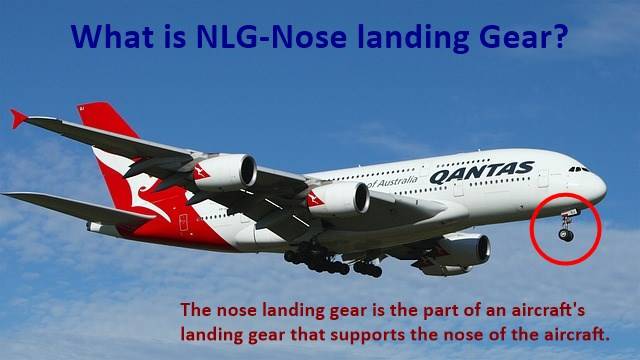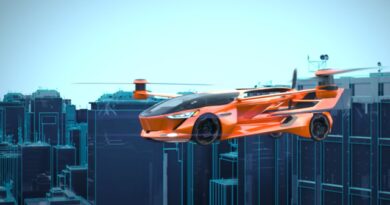What is NLG-Nose landing Gear? and its importance.
The nose landing gear is the part of an aircraft’s landing gear that supports the nose of the aircraft. It is typically located in the forward fuselage and is used to provide directional stability during ground operations and to absorb the shock of landing.
The nose landing gear is important for several reasons:
- It provides directional stability during ground operations. The nose wheel is typically steerable, which allows the pilot to control the direction of the aircraft while it is taxiing or on the ground.
- It absorbs the shock of landing. When the aircraft lands, the nose wheel takes the brunt of the impact. The engineers designed the nose landing gear to collapse and absorb the impact, protecting the aircraft from damage.
- It provides better forward visibility for the pilot. The nose wheel is located in front of the pilot’s seat, which gives the pilot a better view of the runway during takeoff and landing.
The nose landing gear is a complex and important part of an aircraft. It is essential for the safe operation of the aircraft and for the comfort and safety of the passengers.

Here are some of the components of a NLG:
- Shock absorber: The shock absorber is a device that absorbs the impact of landing. It is typically made of a spring or hydraulic cylinder.
- Wheel: The wheel is the part of the nose landing gear that makes contact with the ground. It is typically made of a lightweight metal such as aluminum or titanium.
- Tire: The tire is the part of the wheel that makes contact with the ground. Rubber is the main source of a tire.
- Steering mechanism: The steering mechanism allows the pilot to control the direction of the nose wheel. It is typically made of linkages and actuators.
- Retraction mechanism: The aircraft’s retraction mechanism pulls the NLG into the fuselage. It is typically made of hydraulic actuators.
Here are some of the challenges in designing and maintaining NLG:
- It must be strong enough to support the weight of the aircraft, but it must also be lightweight to minimize drag.
- It must be able to absorb the impact of landing, but it must also be able to retract smoothly into the fuselage of the aircraft.
- It must be steerable, but it must also be stable during flight.
- It must be reliable and easy to maintain.
References:
https://en.wikipedia.org/wiki/Landing_gear
https://www.clean-aviation.eu/electrical-nose-landing-gear-system
https://dergipark.org.tr/en/download/article-file/2756363


